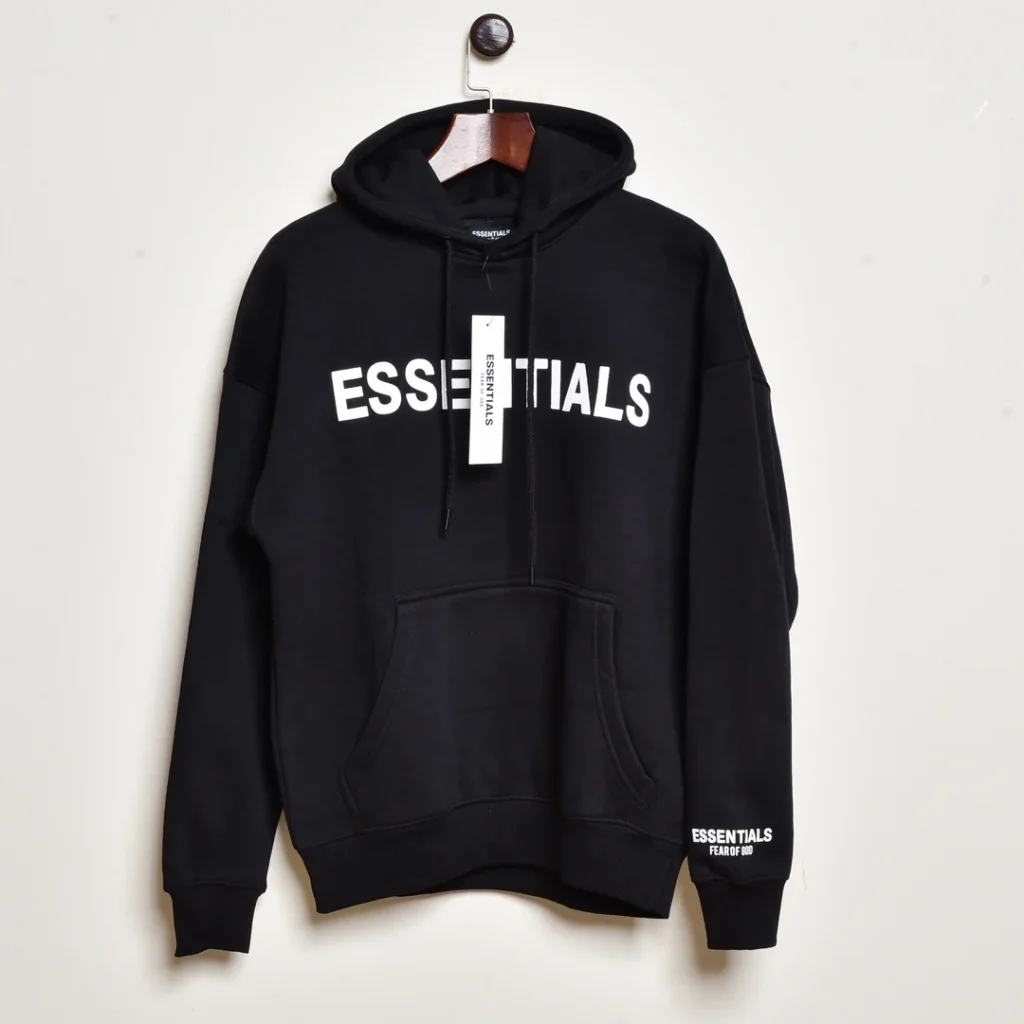The fashion industry in Asia is booming, driven by a combination of rich cultural heritage, technological advancements, and a growing middle class with increased disposable income. From streetwear to luxury fashion, the trends emerging in Asia are setting the stage for the global fashion market. Here, we explore the top fashion business trends currently captivating consumers across the continent.
1. Rise of Streetwear
Streetwear, which originated in the United States, has taken Asia by storm. Characterized by casual, comfortable clothing like hoodies, sneakers, and graphic tees, streetwear has become a staple in urban fashion scenes from Tokyo to Seoul.
Key Features:
- Collaborations: Brands like Supreme and Nike have partnered with local Asian designers and celebrities to create unique, limited-edition collections.
- Youth Appeal: Streetwear’s blend of comfort and style resonates particularly with younger generations, who seek fashion that expresses individuality and culture.
2. Sustainable Fashion
Sustainability is becoming a major focus in the Asian fashion slot777 market. Consumers are increasingly aware of the environmental impact of their purchases and are seeking brands that prioritize eco-friendly practices.
Key Features:
- Eco-Friendly Materials: Brands are incorporating organic cotton, bamboo, and recycled fabrics into their collections.
- Ethical Production: There’s a growing emphasis on fair labor practices and transparent supply chains.
3. Technological Integration
Technology is revolutionizing the fashion industry in Asia. From virtual try-ons to AI-driven personalized shopping experiences, the integration of technology is enhancing customer engagement and satisfaction.
Key Features:
- Virtual Try-Ons: Apps and in-store technologies allow customers to see how clothes will look and fit without physically trying them on.
- AI Personalization: Brands are using artificial intelligence to offer personalized recommendations based on individual preferences and browsing history.
4. Luxury Resale Market
The luxury resale market is thriving in Asia, particularly in countries like China and Japan. Consumers are looking for ways to access high-end brands at more affordable prices, and resale platforms are meeting this demand.
Key Features:
- Authentication Services: Ensuring the authenticity of luxury items is crucial, and many platforms offer thorough authentication processes.
- Sustainable Shopping: The resale market promotes sustainability by extending the lifecycle of luxury goods.
5. Influencer Marketing
Influencer marketing remains a powerful tool in the Asian fashion industry. Influencers have significant sway over consumer behavior, particularly on social media platforms like Instagram, TikTok, and WeChat.
Key Features:
- Micro-Influencers: Brands are increasingly collaborating with micro-influencers who have smaller, but highly engaged followings.
- Live Streaming: Influencers often use live streaming to showcase new collections and interact with their followers in real-time.
6. Traditional Meets Modern
There’s a growing trend of blending traditional Asian fashion elements with contemporary designs. This fusion creates unique pieces that resonate with consumers who appreciate their cultural heritage.
Key Features:
- Cultural Elements: Incorporating traditional patterns, fabrics, and techniques into modern silhouettes.
- Modern Aesthetics: Updating traditional garments like the kimono or cheongsam with modern cuts and styles.
7. Gender-Neutral Fashion
Gender-neutral fashion is gaining popularity across Asia. This trend reflects a broader movement towards inclusivity and breaking down traditional gender norms in clothing.
Key Features:
- Unisex Designs: Clothing lines designed to be worn by anyone, regardless of gender.
- Neutral Tones: A preference for colors and styles that don’t conform to traditional gender-specific fashion.
8. Pop-Up Stores and Experiential Retail
Pop-up stores and experiential retail spaces are transforming how consumers shop in Asia. These temporary stores offer unique, immersive shopping experiences that go beyond simply purchasing products.
Key Features:
- Limited-Time Offers: Pop-up stores often feature exclusive collections available for a short period.
- Interactive Elements: Incorporating interactive elements like VR experiences, workshops, and art installations.
9. Athleisure
Athleisure, a blend of athletic and leisurewear, continues to dominate the fashion scene in Asia. This trend reflects the increasing importance of health and wellness in everyday life.
Key Features:
- Comfort and Style: Athleisure combines the comfort of workout clothes with stylish designs suitable for everyday wear.
- Versatility: Pieces that can transition seamlessly from the gym to casual outings.
10. Customization and Personalization
Customization and personalization are becoming key differentiators in the competitive Asian fashion market. Consumers appreciate the ability to create unique, bespoke items that reflect their personal style.
Key Features:
- Made-to-Order: Brands offering made-to-order services where customers can choose fabrics, colors, and designs.
- Personalized Accessories: Items like monogrammed bags, personalized jewelry, and custom sneakers.
Conclusion
The fashion business in Asia link slot gacor is vibrant and dynamic, driven by a blend of tradition, innovation, and cultural influence. From the rise of streetwear to the emphasis on sustainability and technology, these trends reflect the diverse and evolving tastes of Asian consumers. As the market continues to grow, brands that can adapt to these trends and meet the demands of discerning consumers will find success in this bustling region.



